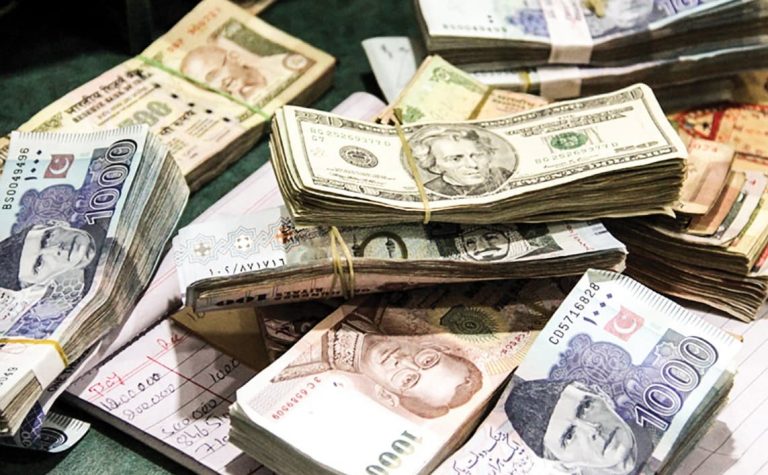Pakistan’s Public Debt Reaches Rs67,525 Billion by March 2024, Reports Economic Survey
Witnessing a constant rise every year, the total public debt was recorded at Rs67,525 billion at the end of March 2024, compared to Rs59,247 billion at the end of March 2023, the Economic Survey 2023-24 has reported.
Domestic debt up to March 2024 was recorded at Rs43,432 billion, while external public debt during the same period was recorded at Rs24,093 billion.Economic Woes Result in Less Electricity Usage in Dec
The details provided in the Economic Survey show that the total public debt at the end of the fiscal year 2020-21 was Rs39,861 billion, which increased to Rs49,242 billion in 2021-22 and reached Rs62,881 billion at the end of the last fiscal year. It was Rs67,525 billion for the nine months of the outgoing fiscal year.
However, the Economic Survey highlighted that the public debt portfolio witnessed various positive developments during the first nine months of the outgoing fiscal year. For instance, 88 percent of the fiscal deficit was financed through domestic markets, and only 12 percent from external sources.
The Economic Survey emphasized that within domestic debt, the government relied on long-term domestic debt securities, mainly the floating rate Pakistan Investment Bonds (PIBs) and Sukuk, for financing its fiscal deficit and repayment of debt maturities. The government was able to retire Treasury Bills (T-bills) amounting to Rs0.8 trillion, leading to a reduction in short-term maturities.
The government maintains that to make debt management operations more competitive and improve transparency in borrowing operations, as well as diversify the investor base, amendments have been made to the Treasury Bills Rules, 1998, and Ijara Sukuk Rules, 2008.
“Pursuant to these amendments, the government carried out the maiden auction of 1-year fixed rate Ijara Sukuk on PSX in December 2023, and the whole Sukuk auction system has now been shifted to PSX,” the Economic Survey added.
The Fiscal Responsibility and Debt Limitation (FRDL) Act 2005 defines “Total Public Debt” as the debt owed by the government, including both the Federal Government and Provincial Governments, serviced out of the consolidated fund and debts owed to the International Monetary Fund.
Meanwhile, the external public debt in the nine months of the current fiscal year was $86.68 billion, compared to $84.05 billion at the close of the last fiscal year.
The key sources of Pakistan’s external public debt are loans from multilateral development partners, including the IMF, and bilateral countries, constituting 53 percent and 21 percent respectively. These loans are concessional in nature as they have long tenors and low-interest rates. Other sources include deposits by China and Saudi Arabia, accounting for 10 percent, which are short-term loans obtained for balance of payment and budgetary support.
The third key source of external loans is from foreign commercial banks, constituting around 6 percent of the total, and these loans are mostly short-to-medium term with market-based interest rates. The Government of Pakistan’s international capital market transactions, in the form of Eurobonds and international Sukuk, constitute 9 percent and represent long-term debt with market-based interest rates. Other sources, such as Naya Pakistan Certificates, non-resident investment in government securities, and Pakistan Banao Certificates, constitute around one percent of the total external debt.
The Economic Survey highlighted that the primary objective of public debt management is to ensure that the government’s gross financing requirements are met at the lowest possible cost over the medium to long run, consistent with a prudent degree of risk.
The government’s strategy to reduce its debt burden to a sustainable level includes a commitment to run primary budget surpluses and maintain low and stable inflation. The strategy also includes an exchange rate regime based on economic fundamentals and ensuring fiscal discipline through revenue mobilization and expenditure rationalization.








